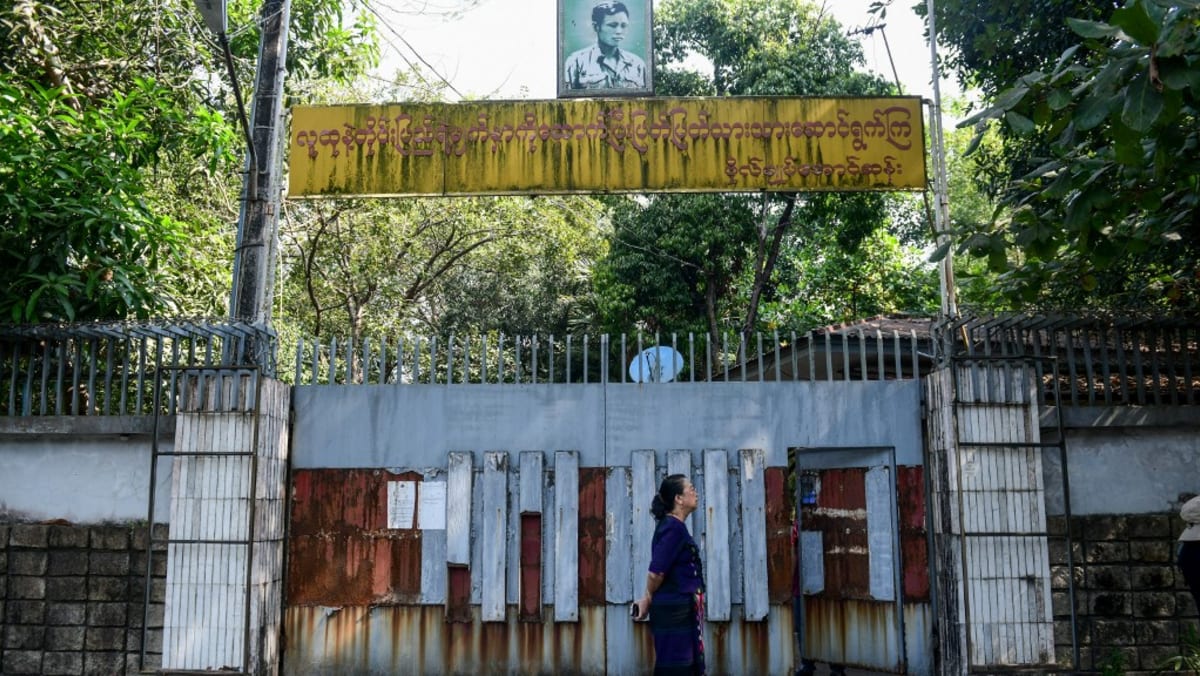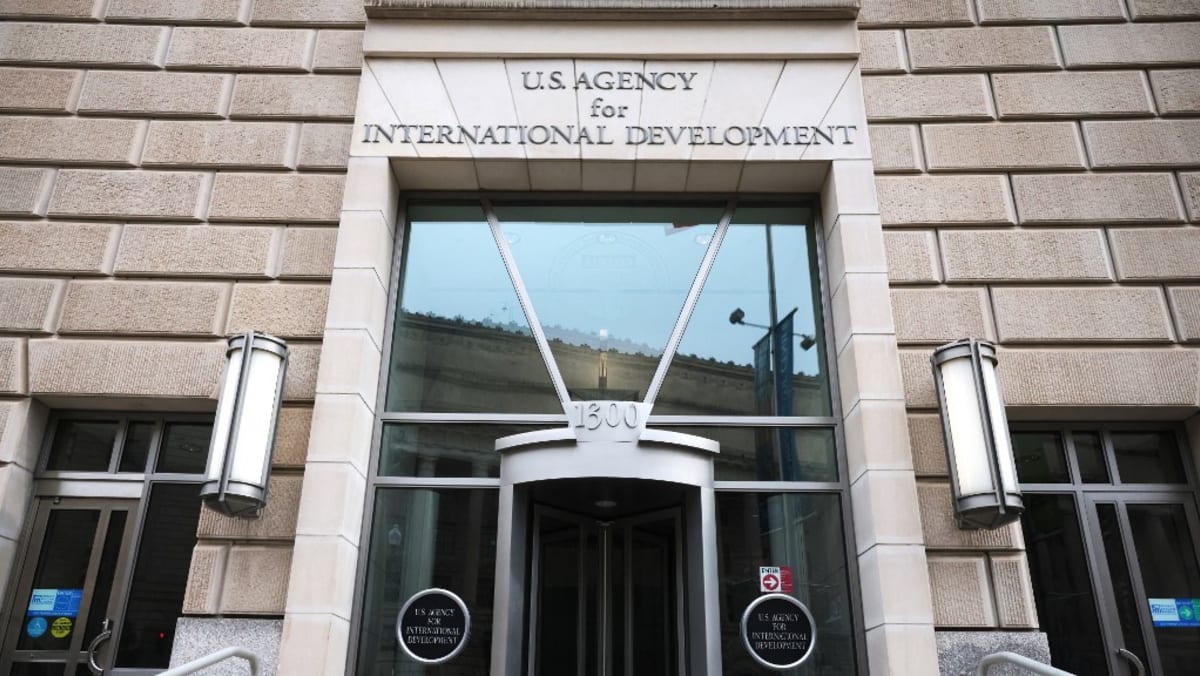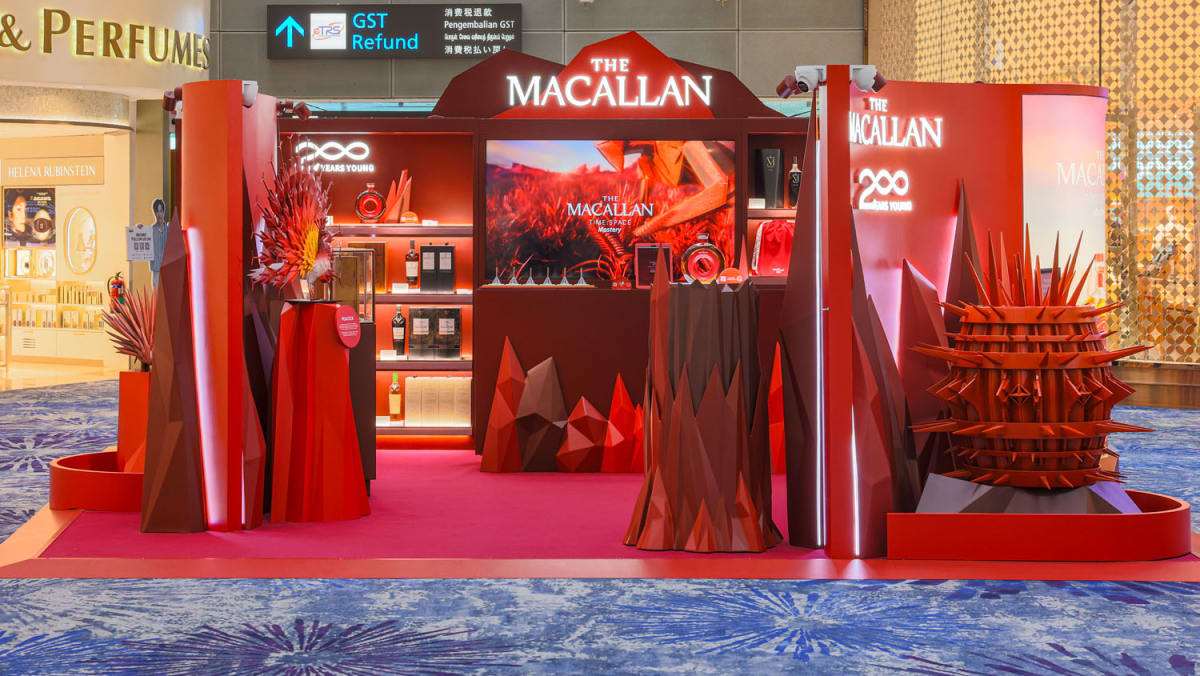
This year marks the 30th anniversary of the partnership between Singapore and Suzhou City, established through the Suzhou Industrial Park. Photos: Suzhou Industrial Park
New: You can now listen to articles.

This audio is generated by an AI tool.
Built over a swamp on the banks of Suzhou’s Jinji Lake, Suzhou Industrial Park has transformed into a hub of innovation, becoming one of China’s top industrial zones in just a few decades.
Celebrating its 30th anniversary this year, the park – the first intergovernmental project between Singapore and China – has become an economic powerhouse, with a regional gross domestic product (GDP) of 368.6 billion yuan (S$68.1 billion) last year, accounting for 15 per cent of Suzhou’s total GDP.
It is also a thriving township of 1.3 million residents, featuring homes, schools, cultural centres and parks, all set against the scenic backdrop of the waterfront.
 Suzhou Industrial Park is built over a swamp on the banks of Suzhou's Jinji Lake.
Suzhou Industrial Park is built over a swamp on the banks of Suzhou's Jinji Lake.
In an interview in October, minister-in-charge of Suzhou Industrial Park Chan Chun Sing called the park “more relevant than ever”, noting its role in connecting China to the world. To date, the park has attracted 250 foreign-funded research and development (R&D) centres across various industries and 200 headquarters of multinational corporations (MNCs).
Far from resting on its laurels, Suzhou Industrial Park is setting its sights on developing sectors such as clean energy, biomedical sciences and digital technology. Last year, emerging high-tech industries – including biomedicine and health, nanotechnology application and new materials, digital technology and artificial intelligence (AI) – achieved a total output exceeding 400 billion yuan.
CREATING THE HUB OF TOMORROW
Incubating innovation has been a key tenet of Suzhou Industrial Park. Between January and September this year, the park added more than 1,000 new science and technology projects and 61 unicorn enterprises, which are startups valued at more than US$1 billion (S$1.3 billion).
The Suzhou International Science Park, which was built by Suzhou Industrial Park, has incubated more than 5,000 enterprises, including 21 that have gone public.
One of the park’s standout success stories is iFLYTEK (Suzhou) Technology, a publicly listed company specialising in technical research and industrial applications across diverse fields, including in-vehicle audio systems, image and video processing, cognitive mapping, intelligent robotics, and testing and certification.
Today, Suzhou Industrial Park is home to more than 1,800 enterprises in the AI and digital industries. The park also achieved an output value of over 100 billion yuan in the past year.
 Suzhou Industrial Park is a thriving township featuring homes, schools and parks, as well as the vibrant Suzhou Museum of Contemporary Art.
Suzhou Industrial Park is a thriving township featuring homes, schools and parks, as well as the vibrant Suzhou Museum of Contemporary Art.
Another key focus area for the park is nanotechnology. It has partnered with scientific institutions from countries such as the United States, Finland and Singapore, establishing over 20 Sino-foreign cooperative innovation centres. Additionally, 37 research institutes and universities, including the Suzhou Institute of Nano-tech and Nano-bionics, have established a presence in the park.
Suzhou Nanopolis, established by Suzhou Industrial Park in 2013, has grown into the world’s largest community for nanotechnology applications. Last year, the park’s nanotechnology application and new materials industry generated an output value exceeding 155 billion yuan. As of June, it hosts nearly 600 nanotechnology enterprises.
Suzhou Industrial Park’s reputation as a world-class hub has attracted an increasing number of MNCs, which have gone beyond setting up factories to establishing high-value R&D facilities and regional headquarters.
Roche Diagnostics, for instance, has set up an Asia-Pacific R&D centre and launched multiple initiatives, including an equipment production and R&D project with an initial investment of approximately US$425 million – the company’s largest single investment in China to date.
Other global firms like Danaher Corporation, Philips and Nestle have continued to expand their investments in the park, while companies like Olympus, Integra, Barco Healthcare and Bio-Rad have introduced R&D and production bases in China for the first time.
 Even as it continues to grow, Suzhou Industrial Park remains dedicated to sustainability, actively developing industries that align with ESG principles.
Even as it continues to grow, Suzhou Industrial Park remains dedicated to sustainability, actively developing industries that align with ESG principles.
SUSTAINABILITY AS THE “GREEN KEY” TO THE FUTURE
Even as it continues to grow in scale and scope, Suzhou Industrial Park remains committed to sustainability. Its energy consumption and carbon emissions are just one-third of the national average, while water usage is a mere 10 per cent of the national average.
The park actively promotes the development of industries aligned with environmental, social and governance (ESG) principles. It currently houses 316 ESG-focused enterprises, collectively generating a revenue of 50 billion yuan.
A prime example is Swiss packaging giant SIG, which has implemented a green production system, reducing organic waste gas emissions by about 1,000 tonnes annually and achieving a 100 per cent recyclability rate for its packaging products.
Singapore companies are also driving green initiatives in China. Keppel and Surbana Jurong are working with Suzhou Industrial Park to develop a net-zero carbon emissions zone, while Sembcorp and Zooming New Energy are exploring large-scale wind and solar power projects.
Suzhou Industrial Park has issued an ESG industry development action plan and published China’s first regional ESG white paper, offering guidelines for integrating ESG principles into national economic development zones.
At the recent China-Singapore Suzhou Industrial Park High-Quality Development Forum, Chinese Vice Premier He Lifeng noted that the 30th anniversary marks a new starting point for Suzhou Industrial Park. “[We should] focus on the key links of the industrial chain and industry, further increase the efforts to attract investment, and innovate the way of attracting investment,” he said.
Learn more about Suzhou Industrial Park.



.jpg?itok=HVcXoYme)










































